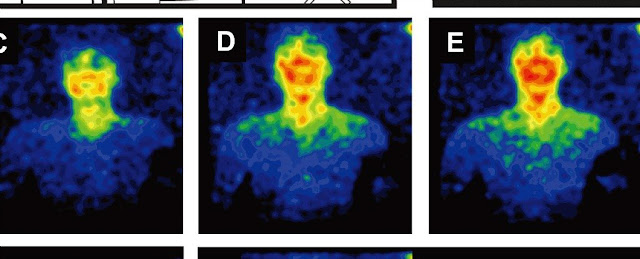Human Body Literally Glows in Visible Light
The human body literally glows, emitting a visible light in extremely small quantities at levels that rise and fall with the day, scientists now reveal
It might be hard to see with your naked eye, but everyone you pass by every day is literally glowing. The human body emits a small quantity of visible light (“visible” in the technical sense—the illumination is about 1,000 times less intense than levels of light that we would actually be able to see). Researchers in Japan used a special camera to track this glow and found that it fluctuates throughout the day, with the body emitting its lowest levels of light around 10 a.m. and highest at around 4 p.m., a rhythm the scientists attribute to the changes in one’s metabolism.
(This visible light differs from the infrared radiation-an invisible form of light-that comes from body heat.)
To learn more about this faint visible light, scientists in Japan employed extraordinarily sensitive cameras capable of detecting single photons. Five healthy male volunteers in their 20s were placed bare-chested in front of the cameras in complete darkness in light-tight rooms for 20 minutes every three hours from 10 a.m. to 10 p.m. for three days.
The researchers found the body glow rose and fell over the day, with its lowest point at 10 a.m. and its peak at 4 p.m., dropping gradually after that. These findings suggest there is light emission linked to our body clocks, most likely due to how our metabolic rhythms fluctuate over the course of the day.
Faces glowed more than the rest of the body. This might be because faces are more tanned than the rest of the body, since they get more exposure to sunlight. The pigment behind skin color, melanin, has fluorescent components that could enhance the body's minuscule light production.
Since this faint light is linked with the body's metabolism, this finding suggests cameras that can spot the weak emissions could help spot medical conditions, said researcher Hitoshi Okamura, a circadian biologist at Kyoto University in Japan.



0 Comments